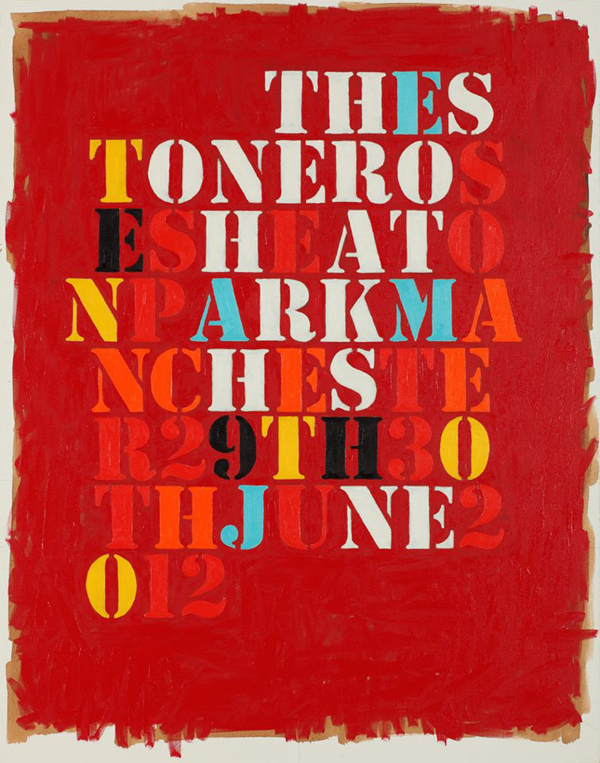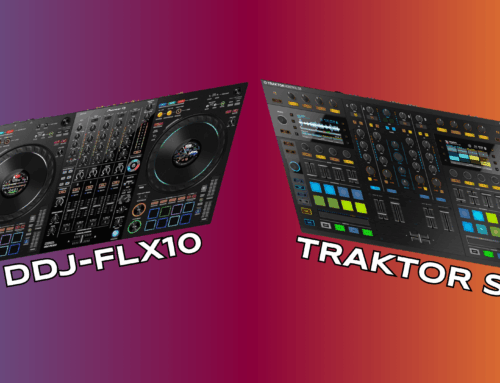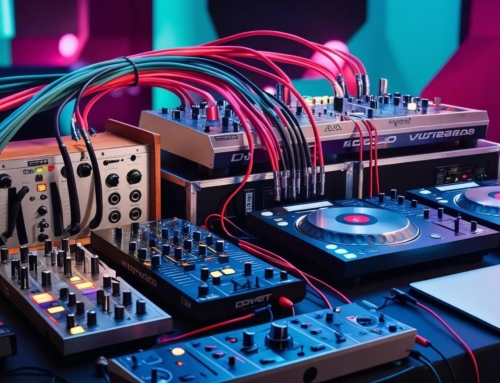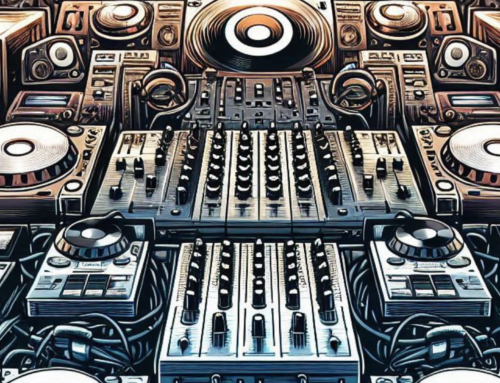
Stone Roses
Last week the music world welcomed the news that seminal British rock group the Stone Roses would be reuniting next year for a pair of dates in their native Manchester, to be followed by a world tour. The long-awaited reunion follows 15 years of inactivity since the band acrimoniously split in the wake of a lackluster appearance at the 1996 Reading Festival.
But even by then the band was in tatters,with guitarist John Squire and drummer Reni having left the band. Meanwhile singer Ian Brown and bassist Mani were virtually unrecognizable from the brashly optimistic figures they’d cut seven years earlier when they’d first burst out of the UK indie rock underground.
A rock band that looked more like a DJ crew, the Stone Roses set catchy ‘60s-influenced guitar pop to Acid House beats and became an overnight sensation in Britain during the late ‘80s and early ‘90s. The group’s 1989 self-titled debut was hailed as an instant classic and legions of copycat bands like the Charlatans UK, Inspiral Carpets, and the Happy Mondays sprung up in its wake. For a brief shining moment, the Stone Roses looked set to conquer the world.
However it was not to be, with the band becoming embroiled in a lengthy legal wrangle with its label Silvertone. By the time they were able to release their 1994 follow-up on Geffen, Oasis had swept in and stolen their thunder.
But the Stone Roses remained enormously influential. For starters, they were the obvious forerunners of the Britpop sound that dominated the British charts in the mid-90s. However what’s perhaps underappreciated is what the Roses did for DJ culture and dance music.
In late 1980s England, jangly indie groups were a dime a dozen, with bands of lads from Glasgow to London sporting bowl haircuts and hollow bodied Gibsons, trying to recreate the sound of the Byrds. But the Stone Roses set themselves apart by infusing their neo-psych pop with dance beats and sporting Kangol hats, baggy flares and trainers instead of tight jeans and Chelsea boots.

The Stone Roses embraced DJ and club culture in a way that no other group had before or even since. While many indie bands of that era practiced a studied, politically correct earnestness, the Roses seemed to embody the druggy, ecstasy-fueled hedonism of the Acid House scene.
With their dance-inflected guitar pop, untouchably cool “Madchester” image and Acid House sensibilities, the Roses stormed to the top of the British music scene. From there they shined a light down on the burgeoning rave movement that was beginning to engulf the youth of Britain, turning DJs into stars for the first time at clubs like the Hacienda in Manchester.
The Stone Roses’ seminal moment came when they headlined on all day festival on Spike Island in 1990, with 30,000 ecstasy-ravaged fans in attendance. The event resembled a massive rave more than it did a rock concert and featured DJs in lieu of support bands.
While at the time it was regarded as a mixed success, Spike Island was arguably the first time DJ’s spinning sets were elevated to the massive scale of an arena rock concert. The event set a precedent and today DJ/dance tents are a regular fixture at music festivals the world over.
In the UK, Spike Island is regarded by many as the event that kick-started the ‘90s. Indeed as the decade unfolded, dance music became widely accepted in the stadium rock format through the success of acts like the Chemical Brothers, Underworld and the Orb. Meanwhile DJs like Paul Oakenfold, Fatboy Slim and Paul van Dyk went on to become pop stars in their own right.
The fusion of dance music with indie rock outlasted both the Madchester and the Britpop movements. Today the combination of the two is so common that no one even bothers to stop and think about it as they listen to bands like the Bravery and MGMT.

Stone Roses
The Stone Roses ultimately fell short in their self-proclaimed ambition to be better than the Beatles. But perhaps they are more like the Sex Pistols in that they can be regarded as a kind of explosion on the tracks that diverted the course of popular music.
Rock and roll, which had previously always seemed threatened by dance music, (as in the ‘70s when rock radio stations held “Disco Sucks” rallies) at last seemed to embrace it as a kind of looser, groovier cousin. Today rock, pop, indie and dance music coexist and intermingle in a way that would have barely seemed possible before the emergence of the Stone Roses.
Would it have happened anyway? Probably.
But with their hooky ‘60s pop sensibilities, infectious beats, unbridled charisma and ecstatic embrace of the emerging dance music culture, the Stone Roses quickened the pace in turning a generation of young people on to the hedonistic delights of clubs, DJs, house music and dancing all night to electronic beats.




